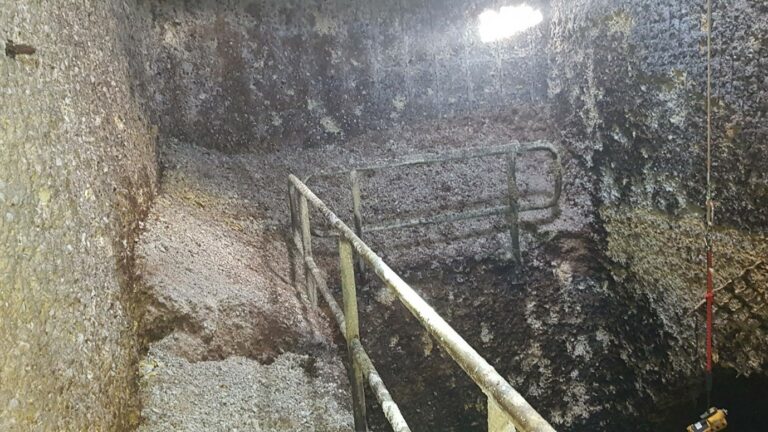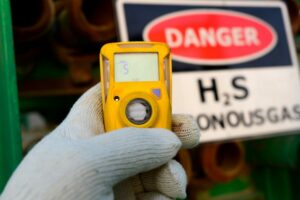Hydrogen Sulphide (H2S) emissions have an effect on public health and are a key factor in MIC, or microbially-induced concrete corrosion, which affects sewers everywhere. The lifespan of sewer pipes is drastically decreased as a result of MIC-related concrete deterioration. Untreated MIC can cause the sewage infrastructure to degrade catastrophically and collapse.
According to estimates, sewer pipes corrode on average 1-3 millimetres per year. In Australia, the cost of asset degradation due to sulphide-induced corrosion to the water sector and the general public is estimated to be in the range of $982 million annually.

Stakeholders in the water and wastewater industries are aware of the cost of MIC and struggle to control rising operating costs (OPEX). Stakeholders can use one of three distinct techniques to lower structural failure and OPEX of their sewer infrastructure:
- Install protective coatings on pipe surfaces to shield them from the impacts of H2S, or chemically treat the surface to balance pH.
- Use ventilation and effective treatment methods to remove H2S gas from the pipeline at key locations.
- Adopt a chemical intervention plan to prevent H2S production.


